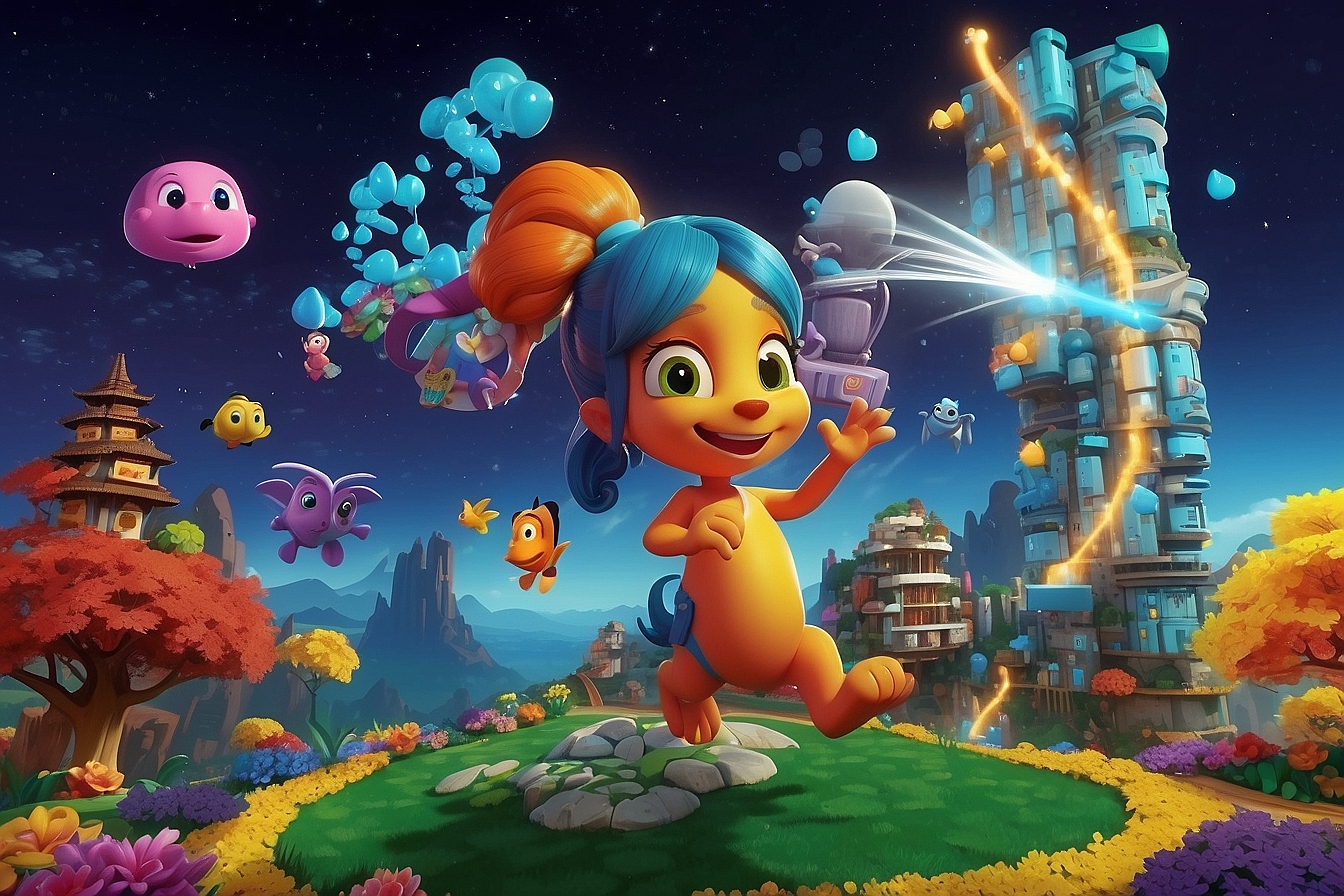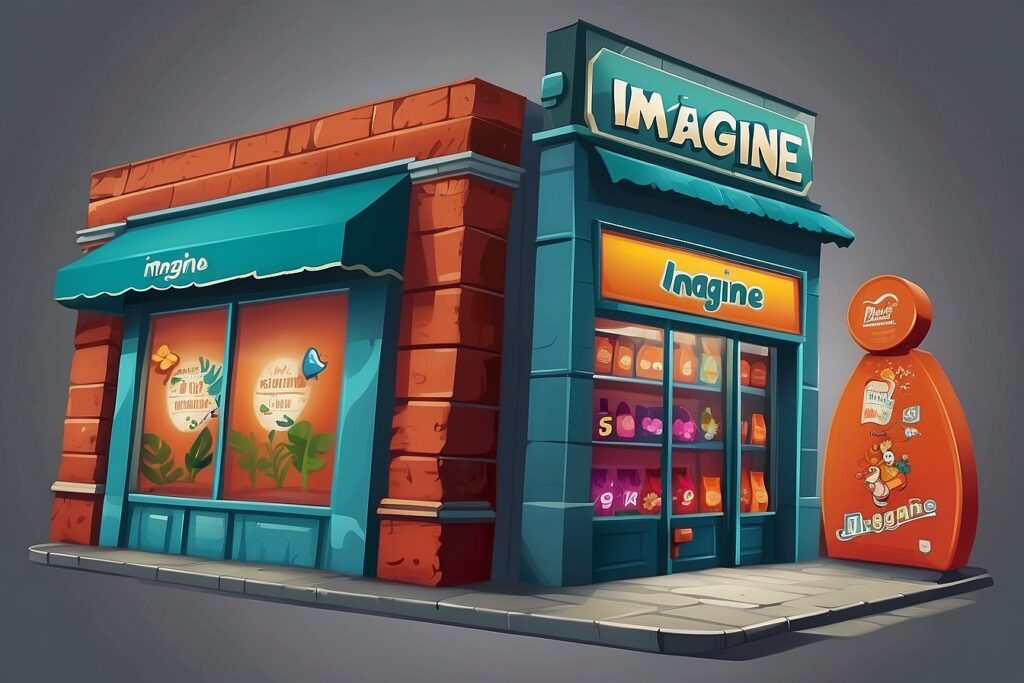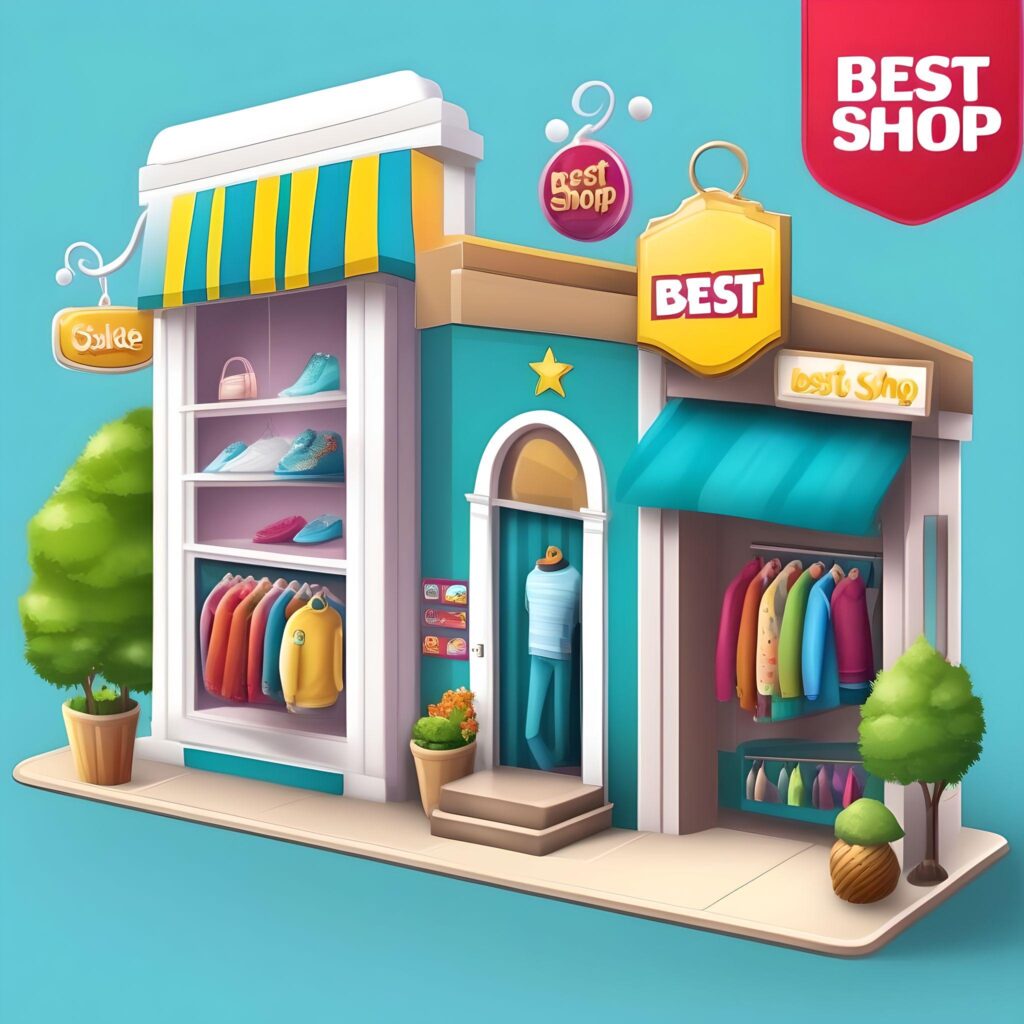
Promotional games are now a potent tool for businesses to interact with their audience and advertise their goods and services in the current digital era. The possibilities for making promotional games are virtually limitless, ranging from straightforward tests to sophisticated mobile applications. We will lead you through the process of making your own promotional game in this step-by-step tutorial, illustrating each step with a hypothetical scenario.
Define Your Objective
Clearly defining your goal is crucial before you start developing games. Consider the goals you have for this promotional game. Are you trying to raise sales, improve website traffic, or raise brand awareness? The remainder of the development process will be guided after you have a clear target in mind.
For instance: Assume you are a store of apparel and want to advertise your newest spring collection. Increasing consumer involvement and increasing traffic to your online store may be your goals.
Choose the Right Game Format
There are various game formats to choose from, depending on your target audience and marketing goals. Popular options include quizzes, puzzles, sweepstakes, and interactive experiences.
Example: For our clothing retailer example, a “Spring Fashion Quiz” could be an engaging way to educate customers about the latest trends while subtly promoting your products.
Design Engaging Content
Once you’ve chosen a game format, it’s time to design the content. Make sure the questions, challenges, or activities are relevant to your brand and align with your marketing message. Keep the tone fun and engaging to capture the attention of your audience.
Example: In our “Spring Fashion Quiz,” you could include questions about the latest fashion trends, styling tips, and product features from your new collection.

Select the Right Platform
Consider where your target audience is most likely to engage with your promotional game. Whether it’s a mobile app, website, or social media platform, choose a platform that aligns with your audience’s preferences and behavior.
Example: Since many consumers browse social media on their smartphones, launching the “Spring Fashion Quiz” as a Facebook Instant Game could reach a wide audience.
Develop and Test the Game
Once you have your content and platform in place, it’s time to develop the game. Whether you’re building it in-house or outsourcing to a developer, ensure the game is user-friendly, visually appealing, and bug-free. Test the game thoroughly to iron out any glitches before launch.
Example: Work with a developer to create an interactive quiz with visually appealing graphics and smooth navigation for the “Spring Fashion Quiz.”
Launch and Promote the Game
It’s time to release your promotional game and get the word out once it’s ready. Use all of the marketing platforms at your disposal to promote the game, including your website, email newsletters, and social media accounts. Offer discounts or prizes as an incentive to get people to participate.
Example: Use eye-catching images and a call to action to encourage followers to take the “Spring Fashion Quiz” so they can enter to win a shopping spree. Promote the quiz on all of your social media networks.

Measure and Analyze Results
After the game has been live for some time, analyze the results to evaluate its effectiveness in achieving your marketing objectives. Track metrics such as engagement, website traffic, and conversion rates to determine the game’s impact on your business.
Example: Use analytics tools to track how many users participated in the “Spring Fashion Quiz,” how many clicked through to your online store, and how many made a purchase.
Optimize and Iterate
Based on your analysis, identify areas for improvement and optimization. Whether it’s tweaking the game mechanics, refining the content, or adjusting your promotional strategy, use the insights gained to iterate and improve future promotional games.
Example: If the “Spring Fashion Quiz” attracted a lot of participants but had a low conversion rate, consider adjusting the quiz questions to focus more on product benefits and incentivizing purchases with exclusive discounts.
Conclusion
By following these steps and using our hypothetical example as a guide, you can create a successful promotional game that engages your audience and drives results for your business. Remember to stay creative, stay relevant, and always keep your target audience in mind throughout the development process. Happy gaming!




